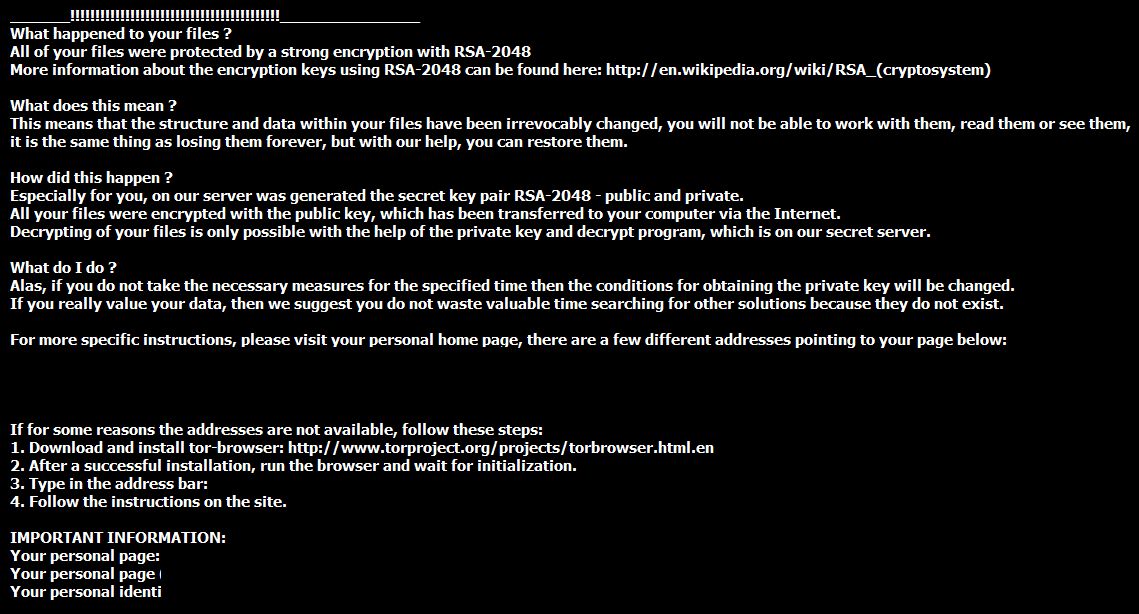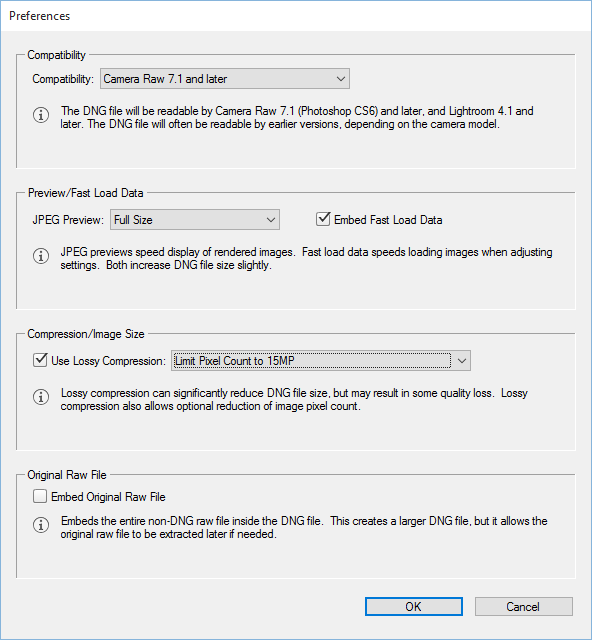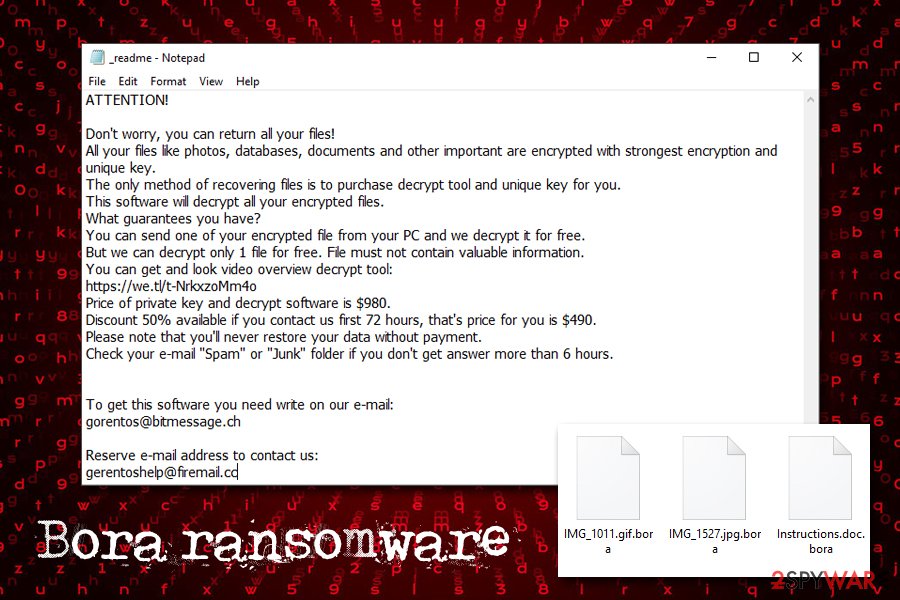2020. 10. 31. 20:35ㆍ카테고리 없음
Today we have hundreds of digital cameras available in the market to choose from. However, a lot of these digital cameras use different and, at times, difficult to open raw image file formats, instead of using a universal DNG (Digital Negative) format. Thankfully, there are a number of RAW to DNG converter software available online, that can help us in converting our photos to DNG format for. Then try deleting one DNG file and see if the XMP file will associate with the right NEF file. If the files associate and all of the adjustments are there, then you can safely delete all of the other DNG files. This is assuming that the DNG file and the NEF file have the same name. Mar 29, 2013 Re: DMP Not convert to dng or reg by hasp on Fri Mar 29, 2013 5:49 am than you are not using original dongle,you are trying to dump emulated key, dump with your original.
- Convert Autocad File To Microstation
- Convert .dmp In Dng File Download
- Dng File Converter
- View Dng File
The Adobe DNG Converter enables you to easily convert camera-specific raw files from supported cameras to a more universal DNG raw file. Another benefit of using the DNG Converter is backward compatibility.
Note:
- Windows can't open this file: File: example.dmp To open this file, Windows needs to know what program you want to use to open it. Windows can go online to look it up automatically, or you can manually select from a list of programs that are installed on your computer.
- Convert Dmp To Dng File. I wrote an article on what DNG files are and their pro and cons a while back. If you are not sure whether you should convert your Raw files to DNG, have a read of the article and come back here if you decide you want to give it a go.
Adobe provides backwards compatibility for the latest cameras for use in older versions of Photoshop, Lightroom, Bridge, After Effects, and Photoshop Elements through the DNG Converter.
For conceptual information about raw files and the DNG format, and to understand why you should convert your files to DNG, see the Appendix.
Windows: Adobe DNG Converter
macOS: Adobe DNG Converter

- Open the downloaded file and double-click the DNG Converter executable file.
- Follow the onscreen instructions.

The DNG Converter is now available in your Programs (Windows) or Applications (macOS) directory. The installation utility is designed to also install a set of color profiles required for the DNG Converter to function properly. These profiles are copied to a common resource location.
Convert Autocad File To Microstation

- Launch the DNG Converter by double-clicking its icon. Alternatively, drag and drop individual images or a folder of images directly onto the Adobe DNG Converter icon. This action automatically launches the converter.
- Select the folder of images you'd like to convert to DNG.
- Select the location where you want to save the converted DNG files.
- Select a naming pattern for the new DNG files:
Document Name: The existing name of the file is used with the DNG extension added.
Add serial numbers or letters to the name: Advanced patterns; an example of the resulting name appears after Name Example. - Specify the following additional settings for the DNG file names:
Begin numbering: Enter the starting serial number if you'd like it to be different from 1.
File Extension: The file extension is automatically set to DNG. You can choose the extension to be either uppercase or lowercase. - If necessary, change the compatibility preferences.
- Click Convert. A dialog box showing the status of the conversion appears.
To change compatibility preferences, follow these steps:
Convert .dmp In Dng File Download
- In the Preferences section of the DNG Converter dialog box, click Change Preferences.
- Choose one of the following options:
Camera Raw 2.4 and later: The DNG file will be readable by Camera Raw 2.4 (Photoshop CS) and later, and Lightroom 1.0 and later
Camera Raw 4.1 and later: The DNG file will be readable by Camera Raw 4.1 (Photoshop CS3) and later, and Lightroom 1.1 and later. The DNG file will often be readable by earlier versions, depending on the camera model.
Camera Raw 4.6 and later: The DNG file will be readable by Camera Raw 4.6 (Photoshop CS3) and later, and Lightroom 2.1 and later. The DNG file will often be readable by earlier versions, depending on the camera model.
Camera Raw 5.4 and later: The DNG file will be readable by Camera Raw 5.4 (Photoshop CS4) and later, and Lightroom 2.4 and later. The DNG file will often be readable by earlier versions, depending on the camera model.
Camera Raw 6.6 and later: The DNG file will be readable by Camera Raw 6.6 (Photoshop CS5) and later, and Lightroom 3.6 and later. The DNG file will often be readable by earlier versions, depending on the camera model.
Camera Raw 7.1 and later: The DNG file will be readable by Camera Raw 7.1 (Photoshop CS6) and later, and Lightroom 4.1 and later. The DNG file will often be readable by earlier versions, depending on the camera model.
Custom:- Backward Version: DNG 1.1, DNG 1.3, or DNG 1.4 (default 1.4)
- Linear (demosaiced): The image data is stored in an interpolated ('demosaiced') format. This option is useful if a camera's particular mosaic pattern is not supported by a DNG reader. The default mosaic format maximizes the extent of data preserved. Mosaic image data can be converted to linear data, but the reverse is not possible.
- Uncompressed: No compression is applied to the raw image data.
Video | The advantages of the DNG file format
Dng File Converter
A raw file contains the 'raw' data captured by the digital camera sensor before it has been converted to JPEG or TIFF formats. Cameras that create JPEG or TIFF files process (and in the case of JPEG files, compress) the sensor data. When working with raw files, the file is not compressed or processed in the camera. Instead, software gives the user complete control over the conversion settings. For example, white balance is not applied to the raw file but is stored with the file so the software can default to the originally-intended setting. Other information contained in a DNG file includes standard EXIF metadata (just like in JPEG files), date, time, camera used, and camera settings.
View Dng File
Raw files offer the following benefits: Hard drive for mac pro.
- Smaller files than uncompressed TIFF
- Does not have the artifacts of compressed JPEGs
- Many key camera parameters, such as white balance, can be modified even after the image is captured
- You have complete control over conversion settings rather than letting the camera decide
- Access to 16-bit data for greater detail and fidelity
- Flexibility of converting a single file using multiple conversion settings
Digital Negative (DNG) is an openly published raw file specification that stores the 'raw' pixel data captured by the digital camera sensor before it has been converted to JPEG or TIFF formats, along with standard EXIF metadata, date, time, camera used, and camera settings. This format is freely available for other software and hardware vendors to support.
Unlike most manufacturer-specific raw formats, the Digital Negative is an openly published specification that not only is supported by Adobe, but is also freely available for other software and hardware vendors to support. Consequently, it can be a safer file format to use for long-term archival purposes. Archiving your file as a digital negative eliminates worries that the raw file will no longer be readable once the camera format that created it becomes obsolete.
The Digital Negative specification allows for not only all of the pixel information stored in current raw formats, but also for all of the additional, proprietary metadata that many manufacturers include. The Adobe DNG Converter may, in some cases, ignore some of this proprietary metadata, and only include the basic information necessary for creating a high-quality image file. The original raw file, however, can also be embedded in the new DNG format to ensure that proprietary metadata from the manufacturer is not lost.